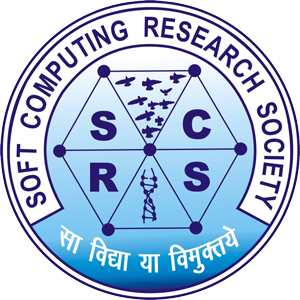

3rd 2024 IEEE World Conference on Applied Intelligence and Computing
(AIC 2024)
Hotel Ramaya, Gwalior, M. P. - India
Technically Sponsored by
Soft Computing Research Society
July 27-28, 2024





The after-conference proceeding of the AIC 2024 Will be submitted for inclusion to IEEE XPLORE.
Last date of Full paper submission: May 20, 2024 Notification of acceptance: June 29, 2024
Registration of accepted Paper: July 14, 2024
Conference date: July 27-28, 2024

Asia University, Taiwan

Tokyo International University, Japan

Bose Corporation, USA

Indian Institute of Technology (BHU) Varanasi

University of Teramo, Italy

School of Computer Science and Maths, Liverpool John Moores University, Liverpool, UK
© Copyright @ aic2024. All Rights Reserved